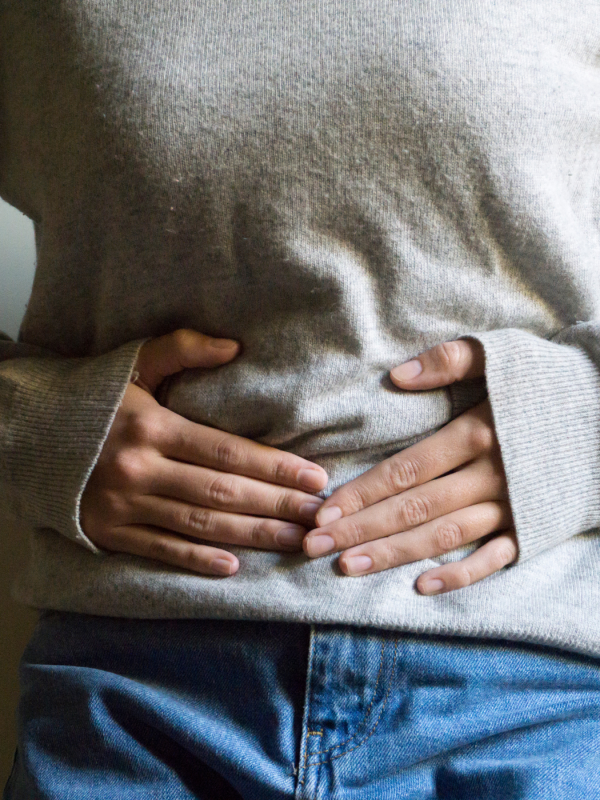
PID
Pelvic Inflammatory Disease
Pelvic inflammatory disease (PID) is a sexually transmitted infection (STI) of the female reproductive system.
PID is usually caused when another STI—such as chlamydia or gonorrhea—is left untreated. If you have one of these two infections and don’t do anything to get rid of them, you are much more likely to get PID.
What does PID do to my body?
Most of the time, the signs that you have PID are not very obvious, and sometimes there are no signs at all. This is why you must be extremely careful if you notice any of the following:
- Dull pain or tenderness in the lower abdomen
- Burning or pain when you urinate (pee)
- Nausea and vomiting
- Bleeding between menstrual periods
- Increased or changed vaginal discharge
- Pain during sex
- Fever and chills
It is possible to have PID and have no signs or symptoms, or have symptoms too mild to notice, for an unknown period of time. PID can also be misdiagnosed as appendicitis, ectopic pregnancy, ruptured ovarian cysts or other problems.
How do I find out if I have PID?
If you have taken part in any sexual activity and notice any of the above signs of PID, you should visit a health care provider or clinic to get tested as soon as possible.
A health care provider may diagnose PID if all three of the following symptoms are found during a pelvic exam:
- Lower abdominal tenderness
- Tenderness of fallopian tubes and ovaries
- Tenderness of the cervix
There may be other explanations for these symptoms, so your health care provider may also order additional tests—like tests for chlamydia or gonorrhea.
A pelvic ultrasound is a helpful procedure for diagnosing PID. An ultrasound can view the pelvic area to see whether the fallopian tubes are enlarged or whether there is an abscess (pus-filled area).
In some cases, a laparoscopy may be necessary to confirm the diagnosis. A laparoscopy is a surgical procedure in which a thin, flexible tube with a lighted end (laparoscope) is inserted through a small incision in the lower abdomen. This procedure lets the doctor to view the internal pelvic organs and to take specimens for laboratory studies, if needed.
Hospitalization to treat PID may be recommended if the person:
- is severely ill (nausea, vomiting, and high fever)
- is pregnant
- does not respond to or cannot take oral medication and needs intravenous antibiotics
- has an abscess (infected area with pus) in the fallopian tube or ovary
If symptoms continue or if an abscess does not go away, surgery may be needed. Complications of PID, such as chronic pelvic pain and scarring are difficult to treat, but sometimes they improve with surgery.
Untreated PID infections may lead to:
- Infertility. Because of PID, each year more than 100,000 women will not be able to have children as a result of scarring or damage to cells lining the fallopian tubes.
- Cystitis (inflammation of the urinary bladder)
- Ectopic (tubal) pregnancy
- Recurrent episodes of PID
- Chronic pelvic pain
Is there a cure for PID?
Yes! Luckily, if you treat it early, PID can be cured with antibiotics. If you have had the disease for a long time before you find it, you may have to be hospitalized to get the necessary treatment.
